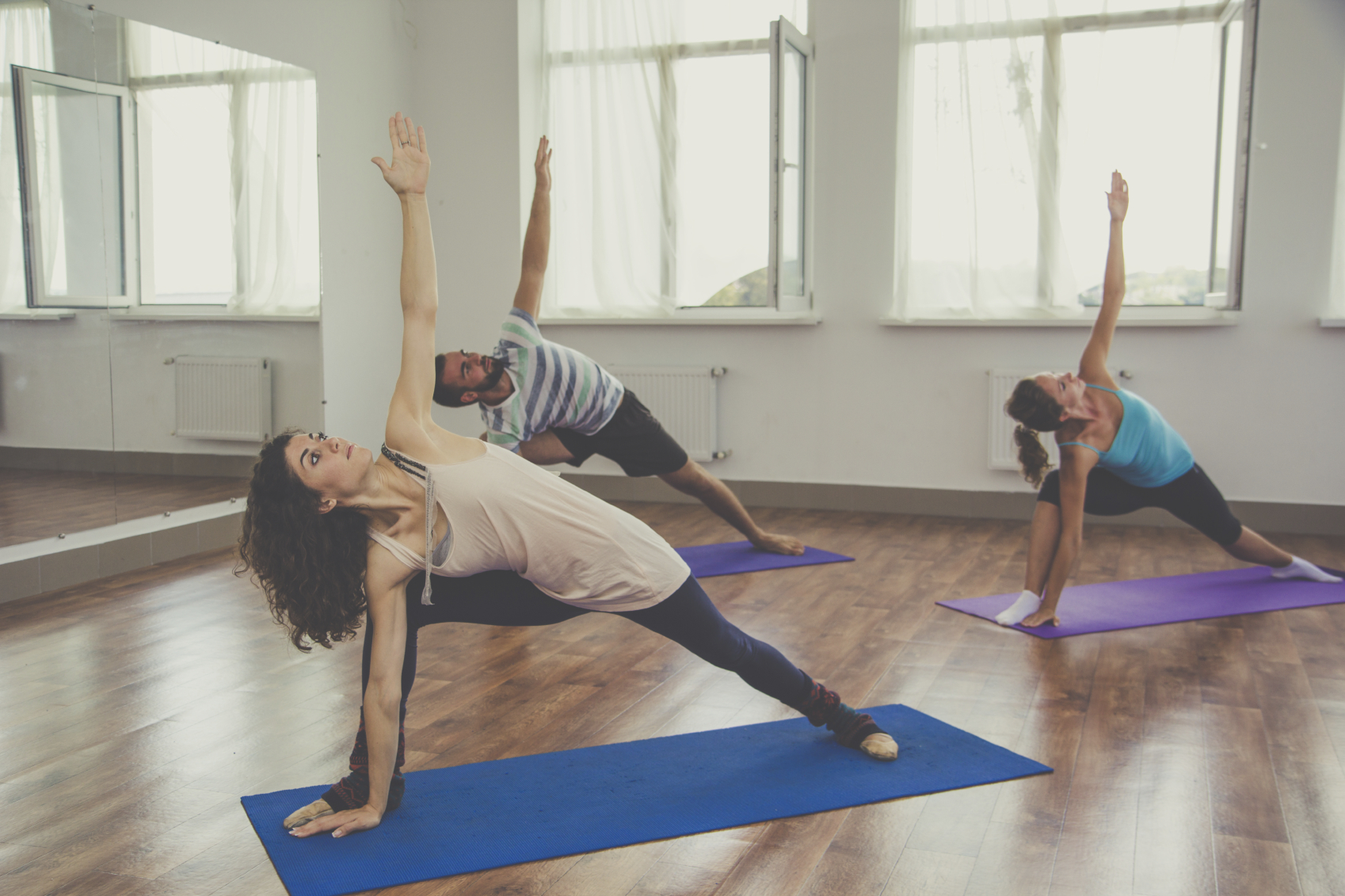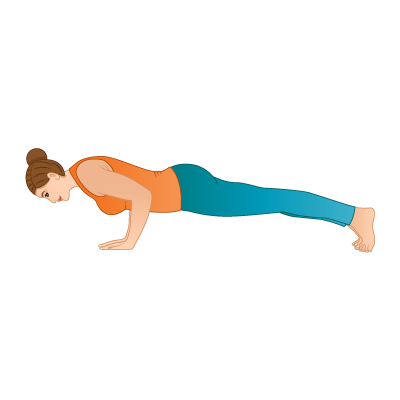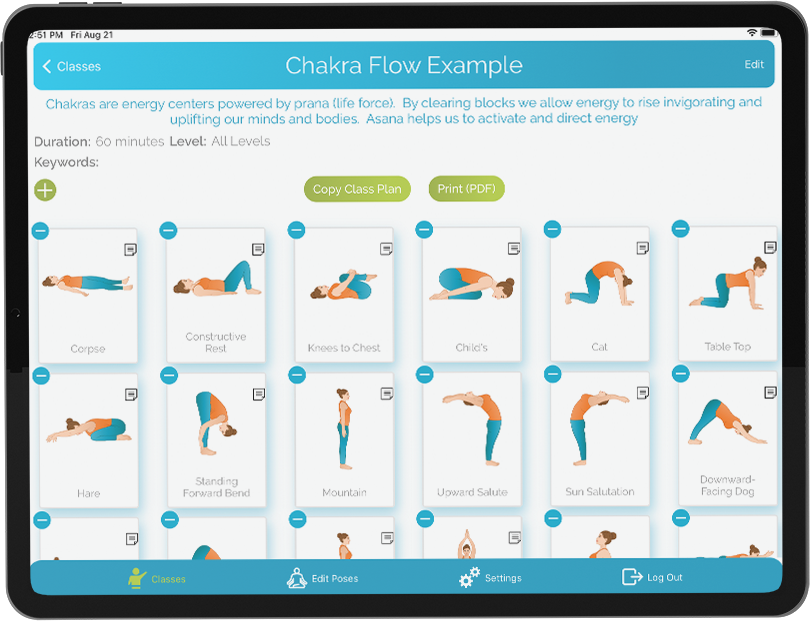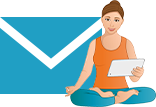How to Reduce Risk of Liability in Your Practice
November 26, 2015 | 3 min read
When I first began practicing yoga, the instructor began every class with a short greeting followed by the familiar refrain, `any pregnancies or injuries’. This particular practice was an additional precaution that supported the detailed personal information, medical disclosure forms and liability waivers already completed by members at the time of joining.
Its purpose was two-fold. Firstly, this inquiry provided an opportunity for the instructor to get-to-know the needs of the clients, making him/her aware of special conditions or issues that might require specific modifications. Secondly, the questions intended to minimise potential injury or danger. Clients with pregnancies or injuries could be provided in advance with a list of precautions, contraindications, alternative poses or modifications.
According to Gary Kissah, an expert in yoga liability issues, though this may have been standard custom for many years, it is no longer advisable to do so. According to Gary, a `don’t ask policy’ better protects the yoga teacher and studio, that full disclosure. That is if a yoga teacher is aware of a condition, then he/she has an increased responsibility to prevent further injury. In legal terms, this is called a `higher duty of care’, which carries a responsibility similar to that of health or medical professional.
Gary also warns that medical disclosure forms carry the same risks. For example, if as a studio owner, you are aware of a client’s medical history, but do not adequately `monitor or take care’ of that client’s injury(s), you are at an increased risk of liability. Yoga liability waivers will not protect you either, he says.
There are in fact, no legal documents or forms that can prevent a client from bringing a liability claim against an individual teacher or studios. That doesn’t however, mean, you don’t need to use them. A general waiver form does not need to list specific conditions. It might simply require the client/ member to state that; they are in good health are aware and accept all risks of physical injury. Though issues may arise at a later date, this document provides clients with an opportunity to discussion any worries with their studio/teacher.
Having said all that, there are other ways to reduce the likelihood of such complaints arising. Take time with the prep poses. Some teachers like to dive right into twists and balances, but if you have a range of abilities and flexibilities in your class, extend the warm-up to 15 minutes. Everyone benefits from an extra round of cat-cow or sun salutes. Scaffold the class structure to include intermediary poses that build to higher levels of difficulty. Remind clients that they may use props or rest in child pose and use props to modify higher level poses for those who need it.
Gary advises describing the contraindications and modifications for the poses to be practiced at the start of the class. He says, address everyone. Although this may not be practical for some classes- those with 12-20 poses – you might include them as you go along. For example, `those of you who practice shoulder stand, may set up know. This pose is not appropriate for pregnancy or heart conditions. Legs up the wall is a better option’. Most yoga teachers familiar with multi-level teaching will already have some tricks up their sleeve such as `come into the inversion of your choice ‘or `take whatever variation you would like with this pose’ .
Posted in Blog, Teaching Tips




